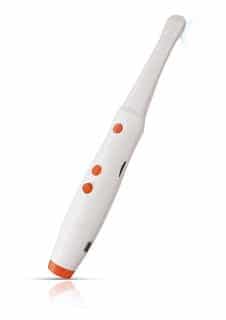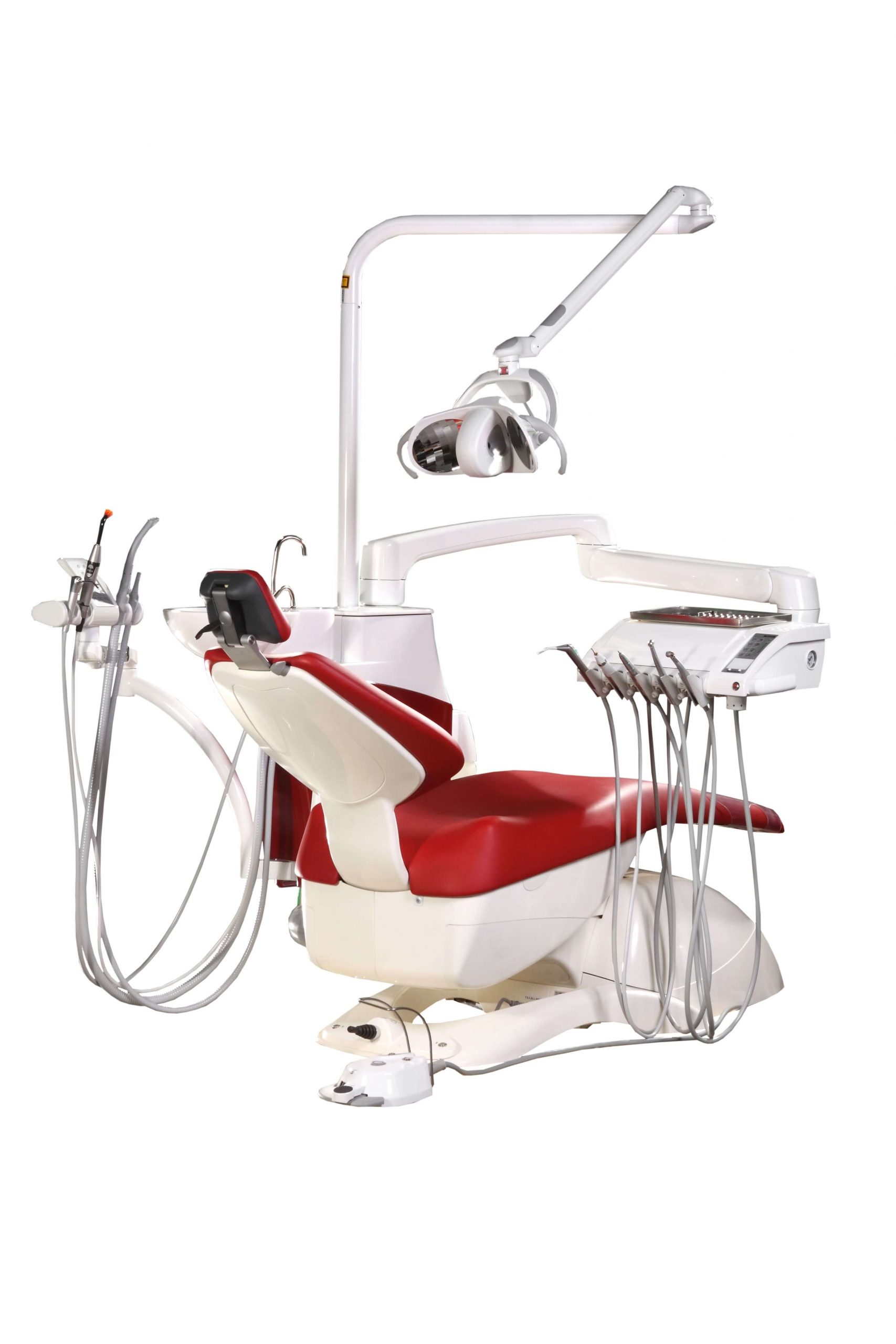What Is the Best Method for Sterilizing Dental Handpieces, and Why Is Proper Sterilization Important?
Sterilization of dental handpieces is a critical step in maintaining the safety and health of both patients and practitioners. Proper sterilization not only prevents cross-contamination but also helps in preserving the performance and longevity of your handpieces. In this article, we will explore the best methods for sterilizing dental handpieces and explain why sterilization is so important in every dental practice.
Table of Contents
1. Why Is Proper Sterilization Crucial?
Dental handpieces are in direct contact with patients’ saliva, blood, and tissue, making them highly susceptible to contamination if not properly sterilized. Here’s why sterilization is critical:
- Prevents Cross-Contamination: Ensures that harmful bacteria, viruses, and pathogens are not transferred between patients, reducing the risk of infections.
- Compliance with Regulations: Health authorities and dental associations mandate strict sterilization protocols to maintain hygiene in clinical settings.
- Protects Handpiece Integrity: Proper sterilization methods help maintain the functionality and longevity of handpieces, preventing damage from improper cleaning and disinfection techniques.
- Enhances Patient Trust: A well-sterilized handpiece demonstrates professionalism and care, helping build trust with your patients.
To explore more on maintaining the functionality of your handpieces, check out How Do You Properly Clean, Lubricate, and Maintain a Dental Handpiece?.
2. The Most Effective Sterilization Method: Autoclaving
Autoclaving is widely regarded as the best method for sterilizing dental handpieces. It uses high-pressure steam and heat to effectively kill bacteria, viruses, and other pathogens.
How Autoclaving Works:
- Steam and Heat: Autoclaves use pressurized steam at temperatures of 121°C (250°F) to 134°C (273°F), depending on the type of handpiece being sterilized.
- Pressure: The high pressure, typically around 15-30 psi (pounds per square inch), ensures that steam penetrates even the smallest crevices of the handpiece, ensuring thorough sterilization.
- Time: Most autoclave cycles run for 15-30 minutes, followed by a drying cycle to ensure no moisture is left in the handpiece, which could cause rusting or corrosion.
Autoclave-Compatible Handpieces:
- NSK Handpieces: NSK handpieces are designed to withstand autoclave sterilization cycles, ensuring long-term durability. The NSK Ti-Max Z Series, for instance, can handle repeated autoclave cycles without degradation of performance or material quality.
3. Pre-Sterilization Steps: Cleaning and Lubrication
Before autoclaving, it is essential to clean and lubricate the handpiece to ensure that debris is removed and the internal components remain in good working order.
Cleaning:
- Manual Cleaning: Use a soft brush and warm water to gently clean the exterior of the handpiece, removing any visible debris, blood, or tissue.
- Internal Cleaning: Use a handpiece cleaning solution or a cleaning station to flush out any internal debris from the air and water lines. This prevents contaminants from being baked onto the handpiece during sterilization.
Lubrication:
- Lubricate Before Sterilization: Always apply lubricant before sterilizing the handpiece to ensure that the internal components are protected during the high heat of autoclaving.
- Use the Right Lubricant: Make sure to use a lubricant designed for dental handpieces, like NSK’s dedicated lubricant for their products.
To learn more about pre-sterilization care, see How Do You Properly Clean, Lubricate, and Maintain a Dental Handpiece?.
4. Cold Sterilization: When Should It Be Used?
While autoclaving is the preferred sterilization method, some handpieces, especially older models or those with sensitive components, may require cold sterilization. Cold sterilization involves soaking the handpiece in a chemical disinfectant solution.
Advantages of Cold Sterilization:
- Lower Temperature: Cold sterilization doesn’t involve high heat, making it safer for certain delicate components.
- Effective for Surface Disinfection: Chemical solutions can effectively disinfect surfaces but may not penetrate as deeply as steam.
Drawbacks of Cold Sterilization:
- Longer Process: Cold sterilization can take significantly longer, requiring up to 12 hours for complete sterilization.
- Limited Penetration: Cold sterilization doesn’t guarantee the deep penetration that steam sterilization provides, meaning there is a greater risk of incomplete sterilization.
Because of its limitations, cold sterilization should only be used when autoclaving is not an option. For modern handpieces like those from NSK, autoclaving is the preferred method.
5. Common Sterilization Mistakes to Avoid
Proper sterilization ensures both patient safety and handpiece longevity, but some common mistakes can compromise the process. Avoid these errors:
- Skipping Pre-Cleaning: Failing to clean the handpiece before sterilizing can result in debris being baked onto the device, reducing efficiency and cleanliness.
- Incorrect Autoclave Settings: Always check the manufacturer’s instructions for recommended temperatures and pressure levels. Overheating can damage internal components, while under-heating can lead to incomplete sterilization.
- Inadequate Drying: Moisture left in the handpiece after autoclaving can lead to corrosion or rust, which can cause performance issues over time. Always ensure the handpiece is fully dry before storage.
- Using Incorrect Sterilization Methods: Some handpieces are only compatible with certain types of sterilization (e.g., autoclaving vs. cold sterilization). Using the wrong method can void warranties and reduce the lifespan of your handpiece.
For a complete guide to the differences between high-speed and low-speed handpieces and how sterilization impacts them, see What Is the Difference Between High-Speed and Low-Speed Dental Handpieces?.
6. Best Practices for Sterilizing NSK Handpieces
NSK handpieces are designed to handle repeated autoclave sterilizations, but following the best practices will help ensure their longevity and optimal performance.
Best Practices:
- Follow Manufacturer Guidelines: Always adhere to the recommended sterilization cycle times and temperatures as specified in the NSK user manual.
- Use Autoclave-Compatible Pouches: Place the handpiece in a sterilization pouch that allows steam penetration but protects the device from contaminants during the drying process.
- Inspect Regularly: After sterilization, inspect the handpiece for any signs of damage, corrosion, or wear. Regular maintenance checks will help prolong the life of your equipment.
To further explore how NSK handpieces perform under various sterilization methods, check out What Are the Key Features and Specifications of NSK Dental Handpieces?.
7. Post-Sterilization Maintenance
After sterilization, proper handling and maintenance are equally important to ensure your handpieces are ready for the next procedure.
Post-Sterilization Maintenance Tips:
- Store in a Clean, Dry Area: Once sterilized, store the handpiece in a contamination-free environment to prevent any recontamination.
- Relubricate: After sterilization, it’s essential to relubricate the handpiece to ensure smooth operation during use.
- Rotate Handpieces: Use multiple handpieces in rotation to prevent overuse and ensure each one gets proper cleaning and maintenance.
Conclusion: Prioritizing Safety and Performance Through Proper Sterilization
Sterilization is a critical aspect of maintaining dental handpieces, ensuring patient safety, and prolonging the life of your equipment. Autoclaving is the gold standard for most dental practices, offering a fast, effective, and reliable method of sterilization. However, following the entire sterilization process—cleaning, lubricating, sterilizing, and maintaining—is vital for keeping your handpieces in top shape.
By implementing these best practices, dental professionals can guarantee that their handpieces deliver consistent performance and maintain high hygiene standards. To learn more about how specific handpieces fit into different dental procedures, read Which Dental Handpieces Are Best Suited for Specific Procedures?.










